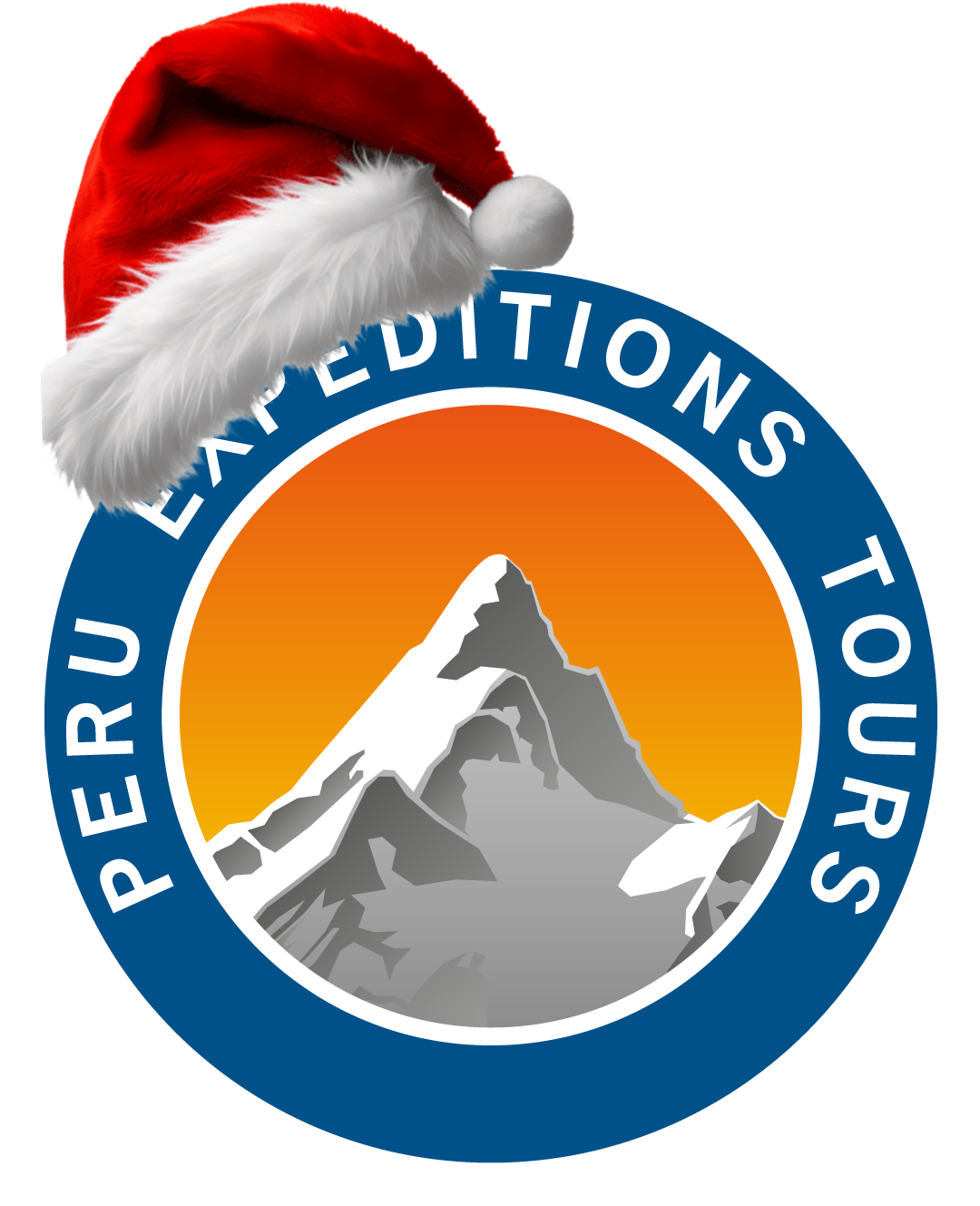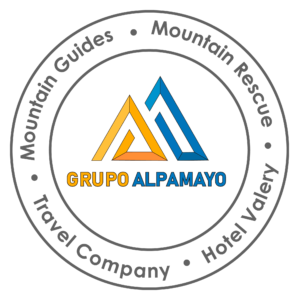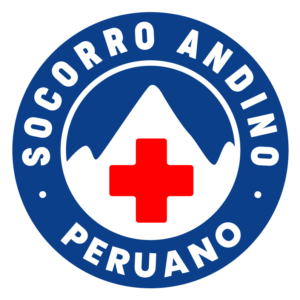Patagonia: The Southern Hemisphere’s summer, spring and winter are great seasons to visit Patagonia as these seasons offer the opportunity to dive into a variety of excursions that this natural stunner has to offer. In the months of December to January, March to April and July to August, you will experience the different natural life for every season in Patagonia. The fall is also a beautiful time to visit as Patagonia shows off many beautiful colors as the season changes to winter.
Easter Island: This remote island is sub-tropical, meaning warmer temperatures and plenty of humidity in the summer (average 73°F, or 23°C, but can reach up to 90°F, or 32°C, on the hottest days). The winters are fairly mild (average 64°F, or 18°C, but can dip down to 50°F, or 10°C). Easter Island can be fairly blustery and receives plenty of rainfall in the form of showers year round, with the wettest months being the fall season of April-June.
Santiago: Situated in a valley and surrounded by snow-capped mountains, Santiago boasts a Mediterranean feel. The spring and autumn seasons, from September to November and March to May respectively, are temperature-wise the most pleasant months to visit Chile’s capital city.
Atacama Desert: The Atacama Desert is arguably the driest spot in the world, and temperatures can reach extremes (from 95° F, or 35°C, at the hottest, to 28°F, or -2°C, at its coldest). Make sure to bring plenty of sun protection and layers appropriate for cold, cold nights and hot, hot days.






